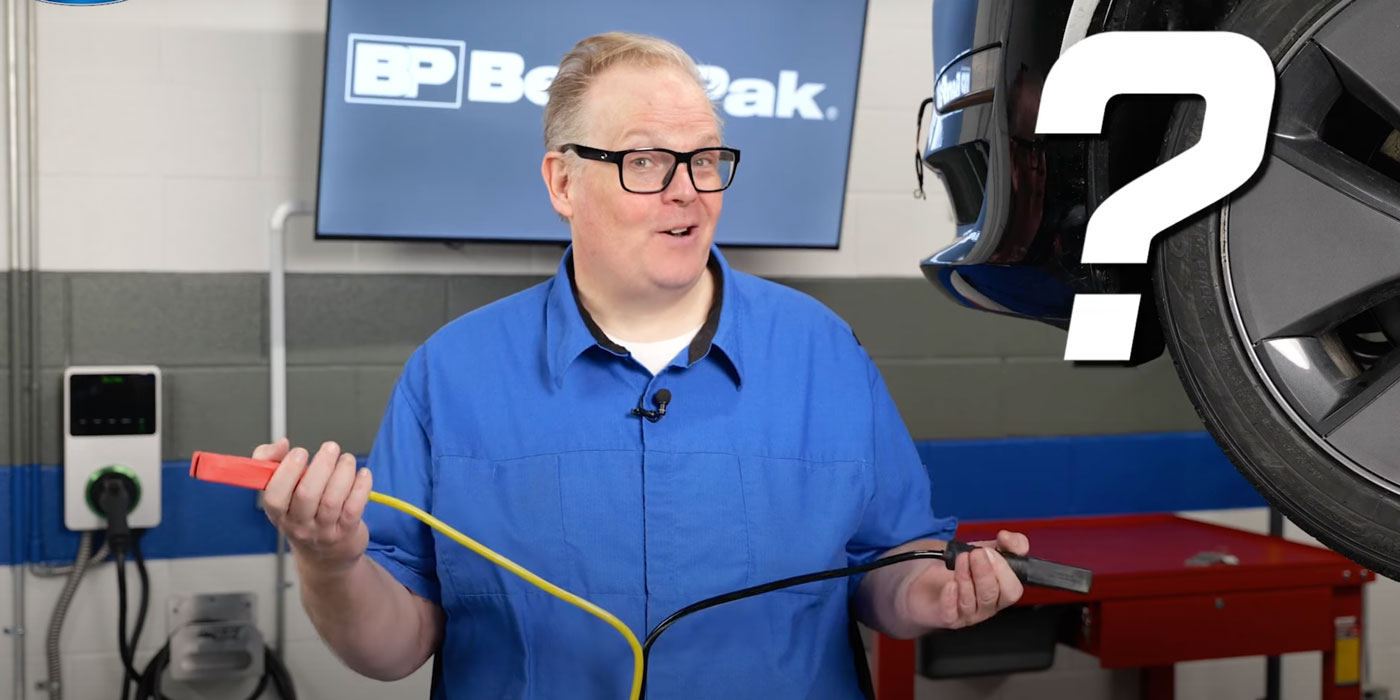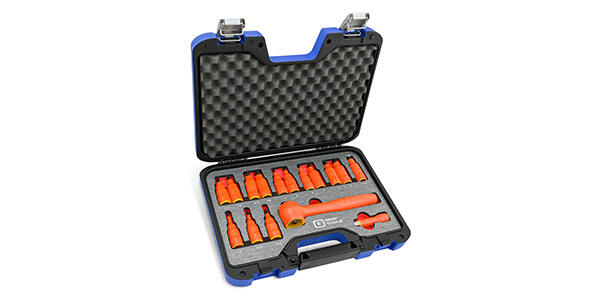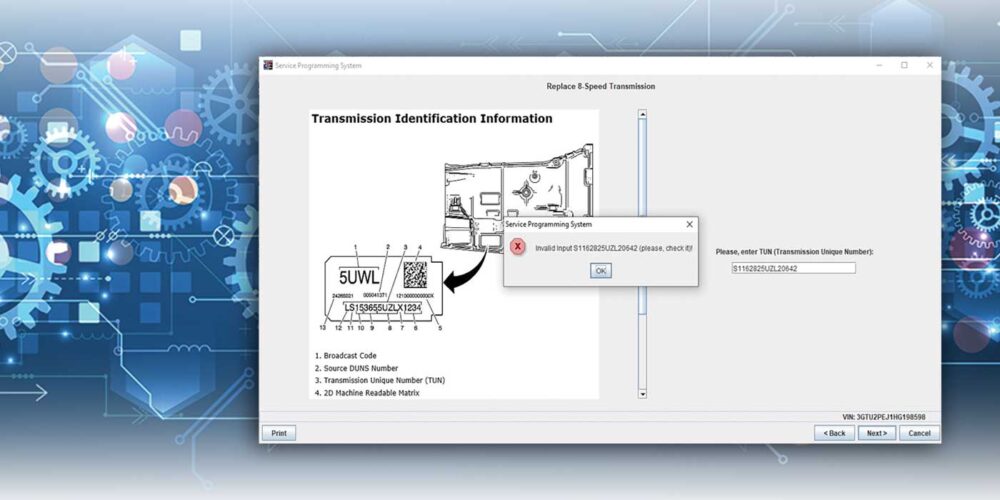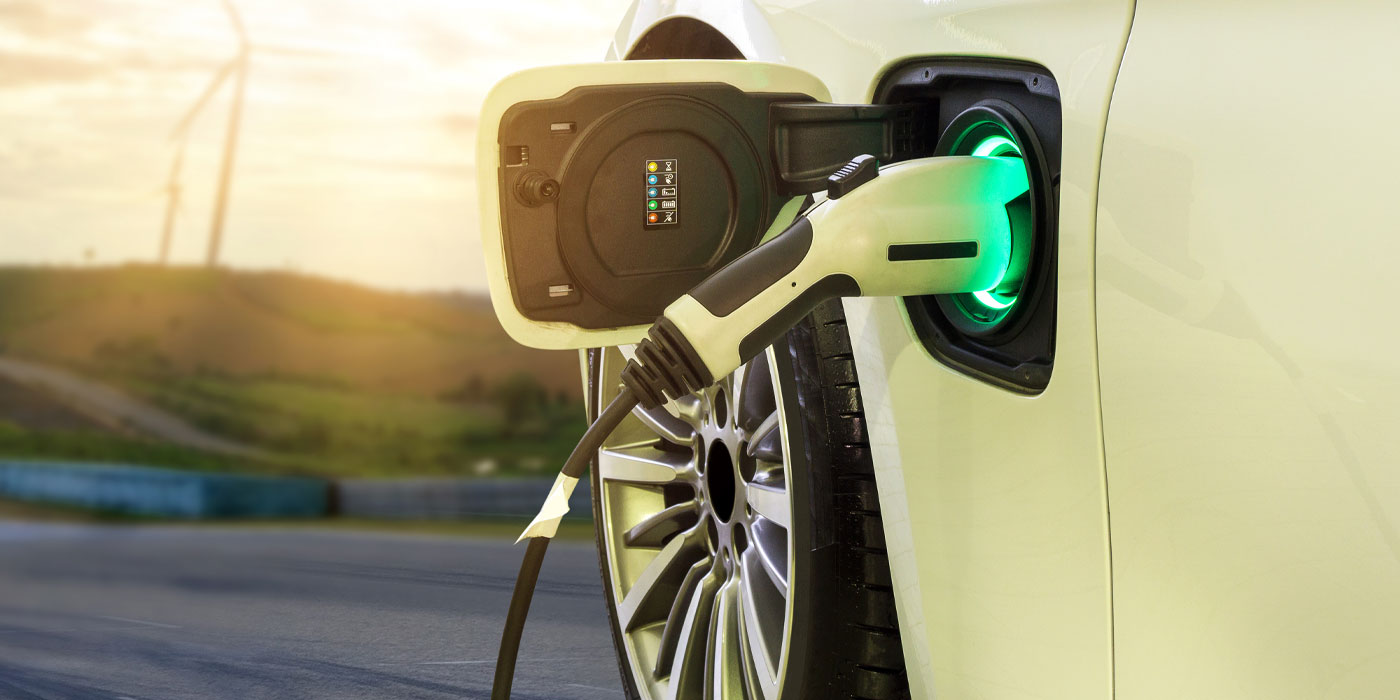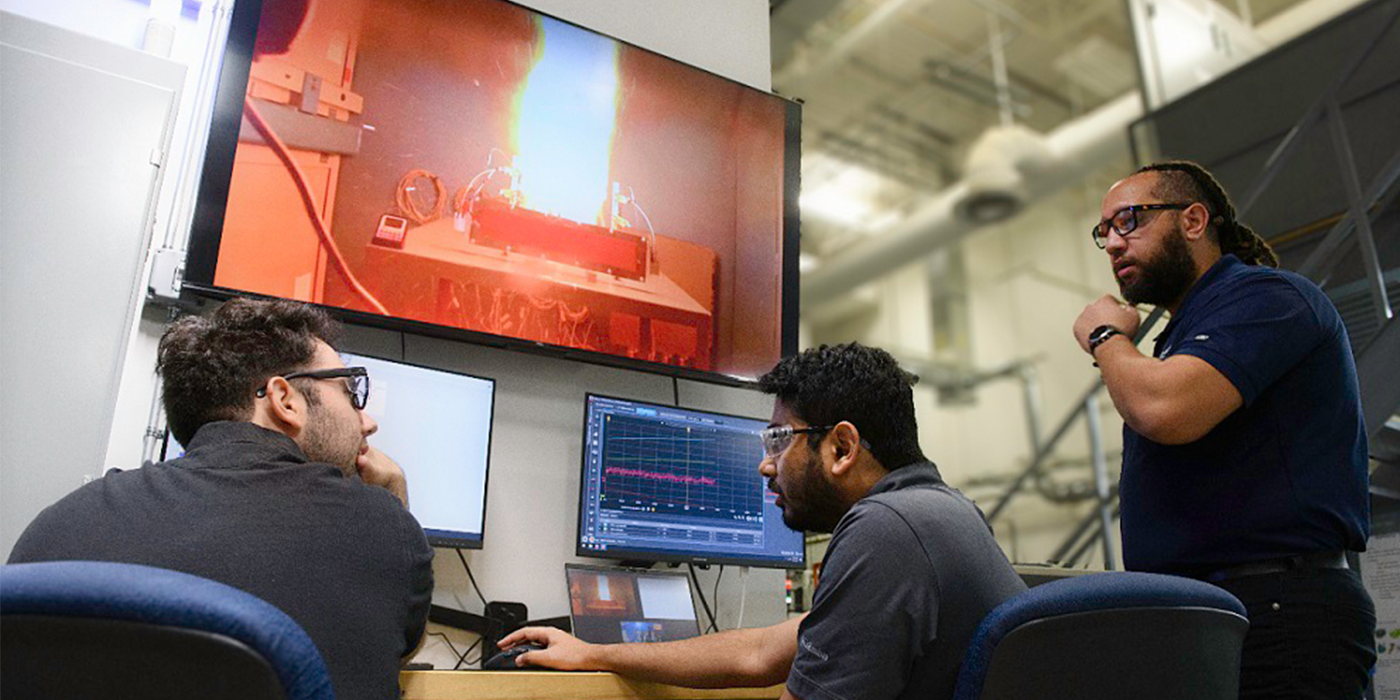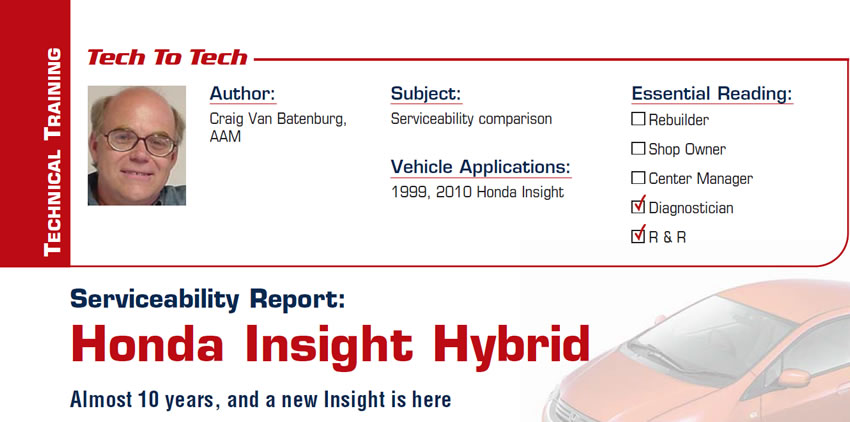
Tech to Tech
- Subject: Serviceability comparison
- Vehicle Application: 1999, 2010 Honda Insight
- Essential Reading: Diagnostician
- Author: Craig Van Batenburg, AAM
Almost 10 years, and a new Insight is here
Honda introduced the first hybrid to America in December 1999, a month that changed a lot of what we thought we knew about cars. That was the past century. Since then Honda has produced a hybrid that flopped, the Accord HEV (2005-2007), and a Civic hybrid electric vehicle (HEV) that sells well. The first generation of the Insight was discontinued in 2006 and the Civic HEV was on its own, holding the hybrid flag for almost two years until now. In April of this year, another Insight was offered as a 2010 model.
What happened during that decade? What were the service issues then, and what might they be today?
We will focus on the Honda Insight this month. As I have said many times, I will not let my bias change the real story. I am a Honda fan and have been for more than 40 years since I bought my 305 Scrambler. For those of you reading this series for the first time, I compare a new model to its older sibling, six years older or so. This report is to ascertain whether this car is getting better for techs to work on. So far, we have reviewed more than 20 models from almost every major car company.
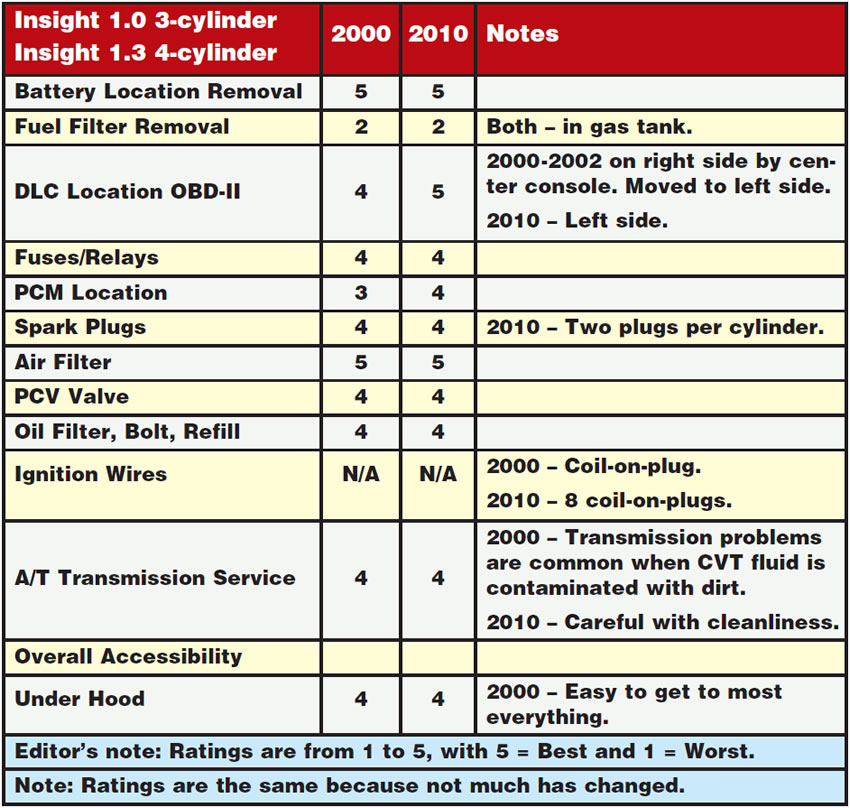
The Insight prototype, by another name, was first shown to the public at the Tokyo Auto Show in 1997. It was a two-passenger sports coupe. It had been in development for about three years prior to that. The Insight, code named the VV, was seen again in the United States at another auto show. In the summer of 1999, it was named the Insight and Honda released the details. The first Insight was delivered in December 1999, but prior to that a few Insights were available to reporters and politicians for road testing. The late Stan Stephenson, former editor of Motor Age magazine and a member of the International Motor Press Association (IMPA), had a pre-production Insight in October 1999. He called me at my home in Worcester, Mass., and I flew down to Philadelphia the next day for my first drive in what would become my first of many hybrid-car purchases.
First-year sales were limited to fewer than 6,000 because of lack of production capability. Insights were made in Japan in the same small factory that built the NSX and the S2000. It has an all-aluminum chassis and is very high-tech in chassis, aerodynamics, engine, hybrid software and electronics.
A little Honda history: Honda’s first use of the Integrated Motor Assist (IMA) system was for Formula One (F1) racing in the late 1980s. This was to add more torque to the internal-combustion engine coming out of the corners when engine speed is low and torque is not enough to get maximum traction. It never saw a race, as it was not allowed. This type of system is part of the F1 season for 2009. If you haven’t been keeping up with F1 racing, this looks like a great year to tune in. Adding more torque electrically to the crankshaft works great, as Honda has proved on and off the track. Note that Honda left F1 this year so it can spend its resources on CO2 reduction.

The two Insights are really different in body style but the same basic IMA system is there. One high-voltage electric motor is mounted between the crankshaft and the transmission mainshaft. The electric motor has three jobs to do. First, it is the starter for the internal-combustion engine, and then it also adds more torque to the crankshaft on demand from the powertrain control module (PCM). It also acts as a brake to slow the car. The kinetic energy (momentum) must be scrubbed off to slow the car, and that was what brakes had been doing for more than a century, but that energy is then lost for good into the atmosphere.
One nice trick that all hybrids do is store that kinetic energy (now transformed into electricity) in a battery pack to be reused later. Honda has improved that process a lot since 1999. But in many ways the two Insights do share the same basic approach. Make the car light, streamlined and efficient. Keep it simple, like using a conventional belt-driven A/C compressor.
The new configuration does allow three more people to get on board and lots more luggage. It handles well and runs like a Honda. My first road test was in Ann Arbor, Mich. The new Insight did everything well, but the best part was the price: same as the 2000 Insight I ordered in October 1999 and just a shade under $20K.
Service issues with the Generation I Insight (2000-2006)
The information below is from ACDC Hybrid Service and Technology Guide.
ACDC tips:
- Car is all aluminum, so use proper bolts (fasteners can be hard to remove).
- Valve adjustments required every 30K, per ACDC.
- Has indexed spark plugs, A-B-C-D type. Match to spark-plug hole. Stamped on head near coil pack.
- Use factory Bridgestone tires if you can find them. They get you the best miles per gallon.
- EGR valves often fail, and carbon will plug the ports.
- Just starting to see high-mileage timing-chain noise/failure if oil changes were missed. Uses 0/20 oil.
- CVT failures/broken steel belt (be careful with CVT fluid changes, because dirt is a problem).
Factory info
- TSB 00-042 – ’00 Insight, no start under 0°F. New PCM.
- TSB 00-093 – ’00 Insight, DC-DC converter defective (no 12v charge). New converter.
- TSB 01-102 – ’00-01 standard-shift models may have bad BCM MCM modules. Replaced under warranty.
- TSB 02-081 – ’00-’01 (some), defective PCM (02 sensor monitored poorly); turned into an EPA recall.
- TSB 02-035 – ’00-01, sets code P1448 (overheating). Bad BCM MCM modules replaced.
- TSB 04-028 – ’00-04, sets code P1447 and P1449 (battery module deterioration). New HV battery pack under warranty if codes above exist.
- TSB 06-057 – Extends HV battery warranty to all states for 10 years or 150,000 miles. Note: Insight HV battery is shipped with lift-handle tool installed.
- TSB 07-038 – ’00-01, P0420 – possible problem with PCM. Replace PCM.
- TSB 07-050 – CVT, worn start clutch (shudder under 15 mph). Extended warranty is seven years or 100,000 miles.
- 2000 ups – Fun to drive and always turns heads. Standard shift was available. Up to 80 mpg if driven conservatively.
- 2000 downs – This old hybrid will most likely require battery packs every 150,000 miles.
- 2010 ups – Best-in-class quality. A lot of hybrid for $20K. Much easier to remove the HV battery pack than before.
- 2010 downs – Lack of pure electric drive and electric A/C compressor means city mileage will not come close to the Prius.

Craig Van Batenburg, AAM, is the owner of the Automotive Career Development Center (ACDC), www.autocareers.org, and delivers management and technical seminars nationwide. He formerly owned Van Batenburg’s Garage Inc. in Worcester, Mass., for more than 25 years. Van Batenburg is ASE master and L1 certified, with advanced skills in hybrid drive systems. You can reach him by e-mail at [email protected].
This copyrighted article is reprinted with the permission of AutoInc., the official publication of the Automotive Service Association (ASA). To learn more about ASA and its commitment to independent automotive-service and repair professionals, visit www.ASAshop.org or call 800-272-7467.

